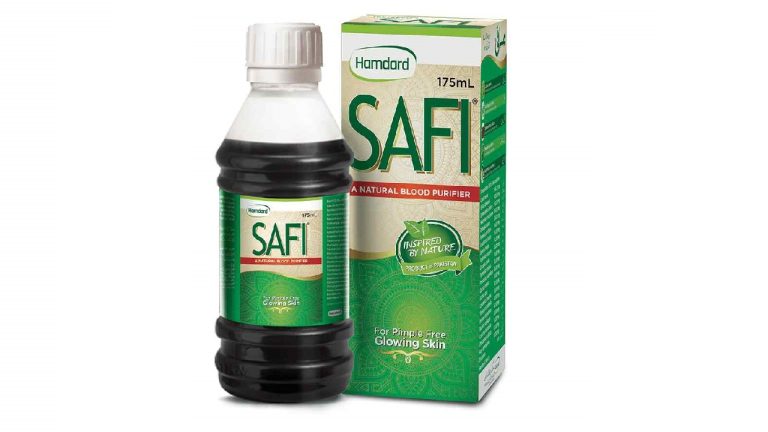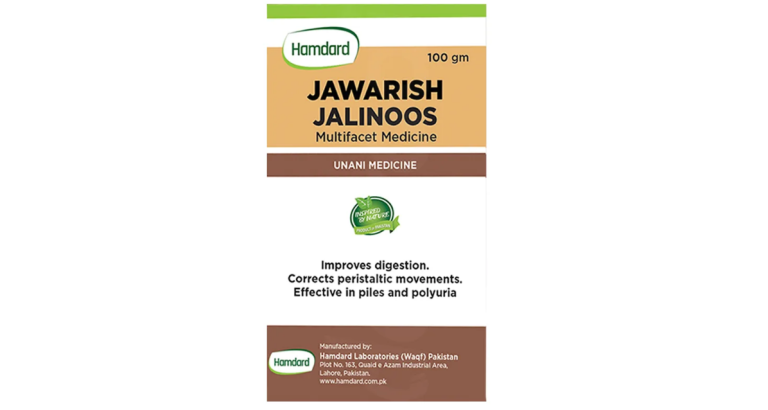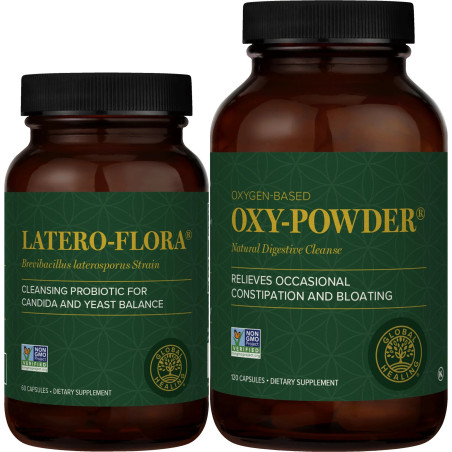Fast-Acting Laxatives : What You Need to Know in 2024

1. Introduction of Fast-Acting Laxatives
Dealing with occasional constipation can be uncomfortable and distressing, prompting many individuals to seek fast-acting solutions. While fast-acting laxatives can provide relief, it’s essential to understand their mechanism of action, potential side effects, and the importance of considering long-term strategies for maintaining healthy bowel function.
Constipation, characterized by infrequent bowel movements and difficulty passing stool, affects a significant portion of the population at some point in their lives. In such situations, the use of fast-acting laxatives becomes a common approach to alleviate discomfort and restore regular bowel movements.

However, the array of laxatives available, each with its distinctive mode of action, can make it challenging to choose the most suitable option. Enemas, suppositories, oral laxatives, osmotic laxatives, stool softeners, bulking laxatives, stimulant laxatives, and lubricant laxatives represent various categories of fast-acting laxatives, and understanding their differences is an important step in selecting the most appropriate choice. Fast-Acting Laxatives
Types of Instant Laxatives
There are various types of laxatives available without a prescription, which are used to induce a bowel movement. Most laxatives function by attracting moisture to the colon, increasing stool volume, or stimulating the intestinal muscles to contract and propel their contents for elimination. These laxatives vary in administration, mechanism of action, and speed of effect.
Enemas
An enema involves the insertion of a liquid solution into the rectum via the anus using a fluid-filled bag or a rectal bulb. Enemas are the most rapidly acting solution for relieving a backed-up bowel. While they can be self-administered at home, they are commonly used in clinical settings, particularly before or after surgery.
Fast-Acting Laxatives Enema Solutions
- Sodium phosphate: 2 to 5 minutes
- Mineral oil: 2 to 5 minutes
- Docusate: 2 to 15 minutes
- Bisacodyl: 15 to 60 minutes
Rectal Suppositories
Rectal suppositories, also known as laxative suppositories, are pill-shaped medications inserted into the rectum where they dissolve and take effect. Although not as fast-acting as enemas, they generally stimulate a bowel movement within about 30 minutes.
Fastest Acting Suppositories
- Carbon dioxide: 5 to 30 minutes
- Bisacodyl: 15 to 60 minutes
- Glycerin: 15 to 60 minutes
- Senna: 30 to 60 minutes

Oral Laxatives
Oral laxatives in the form of liquids, pills, and powders are found on grocery store and pharmacy shelves. In general, they’re taken at night to produce a bowel movement in the morning. This type of laxative falls into one of five categories, and each works differently.
Osmotic Laxatives
Osmotic laxatives draw water into the colon to produce softer stool that’s easier to pass. There are several over-the-counter varieties available, including milk of magnesia and magnesium citrate. Common side effects of osmotic laxatives include nausea, bloating, cramping, gas, and diarrhea. Dehydration and electrolyte imbalance (particularly low potassium levels) may result from abusing these kinds of laxatives.[1]
Stool Softeners
Stool softeners, also known as emollient laxatives, trap moisture in the stool to soften it and make it easier to pass. Stool softeners are one of the slowest-acting (12 to 72 hours) forms of over-the-counter constipation relief, with generally mild action Stool softeners received a poor ranking for effectiveness in one comprehensive review of different types of laxatives.
Bulking Laxatives
Bulking laxatives increase the mass of fecal waste to encourage a bowel movement. They’re one of the most gentle types of laxative but they’re not suitable for everyone. The side effects of bulking laxatives include stomach pain, nausea, vomiting, and skin rash.
Bulk-forming laxatives may contain ingredients like psyllium husk or methylcellulose, which are potential allergens. Taking psyllium by mouth could also present a choking hazard as it swells in the mouth and throat. This is why bulking laxatives must be consumed with plenty of water.
Stimulant Laxatives
Stimulant laxatives don’t alter or add anything to your stool. Instead, they cause the muscles of your intestines to contract, moving stool toward the rectum. This kind of laxative is a bit rougher on your system because they stimulate contractions of the intestinal muscles. Long-term use of stimulant laxatives can cause dependence. Senna, a type of stimulant laxative, may cause stomach pains, faintness, cramping, nausea, and brown urine.
One common type of stimulant laxative is “whole leaf” or “outer leaf” aloe vera (sometimes called aloe latex). It sounds like a natural solution, but outer leaf aloe produces unpleasant cramping and loose, watery stools. The outer part of the leaf contains a compound called aloin which can be harsh on the digestive tract, causing severe cramping and diarrhea, and in chronic use, may even cause intestinal or kidney damage. On the other hand, inner leaf aloe has no latex or aloin and is much milder. If you use an aloe supplement, select one made only from the inner leaf.
Lubricant Laxatives
Lubricant laxatives coat the colon in an oily film, allowing stool to pass more easily. They work more slowly than other types and may require a few hours, or even overnight, to produce the desired effect.
Mineral oil is the most commonly used lubricant laxative. The body does not digest mineral oil, so it retains its greasy consistency throughout the digestive process. Long-term use of mineral oil can lead to side effects like fecal seepage and anal incontinence, as well as vitamin deficiencies.
Possible Side Effects of Relying on Laxatives
While fast-acting laxatives can provide relief, prolonged or excessive use of laxatives can lead to potential side effects, including dependency, dehydration, electrolyte imbalances, and disruption of normal bowel function.

May you like more article
Understanding the Moringa Powder
Eat More Food That Is Rich in Fiber
If you’re experiencing frequent constipation, reconsider the foods you consume rather than immediately turning to laxatives. Laxatives only address the symptoms of a larger problem. It’s probable that your bathroom difficulties stem from a lack of dietary fiber. Surprisingly, fewer than 3 percent of Americans obtain sufficient fiber on a daily basis. Men should aim for 38 grams of fiber daily, whereas women require around 25 grams. If you’re following a typical American diet, you likely belong to the 97 percent of individuals who don’t meet these fiber requirements. If you’re in need of more fiber, many excellent laxative foods can serve as a valuable source. Feel free to explore my article highlighting the best sources of fiber to enhance your dietary intake.
A Better Approach
Incorporating lifestyle changes such as staying hydrated, engaging in regular physical activity, and consuming a fiber-rich diet can significantly contribute to maintaining healthy and regular bowel function. In cases of persistent or severe constipation, it’s important to seek guidance from a healthcare professional to address the underlying causes and explore appropriate treatment options.
For more detail you can Read here https://explore.globalhealing.com/best-instant-laxative/
About Author

Content Creator at PharmaPULS
Dr. James
Meet Dr. James, a seasoned pharmacist with a rich background spanning over 11 years in the field. His unwavering dedication to healthcare and passion for fostering well-being led to the creation of PharmaPULS. Driven by a commitment to providing accurate and insightful information, he endeavors to empower individuals to make informed decisions about their health. Through PharmaPULS, Dr. James aspires to bridge the gap between medical expertise and public understanding, ensuring that everyone has access to reliable pharmaceutical insights.






